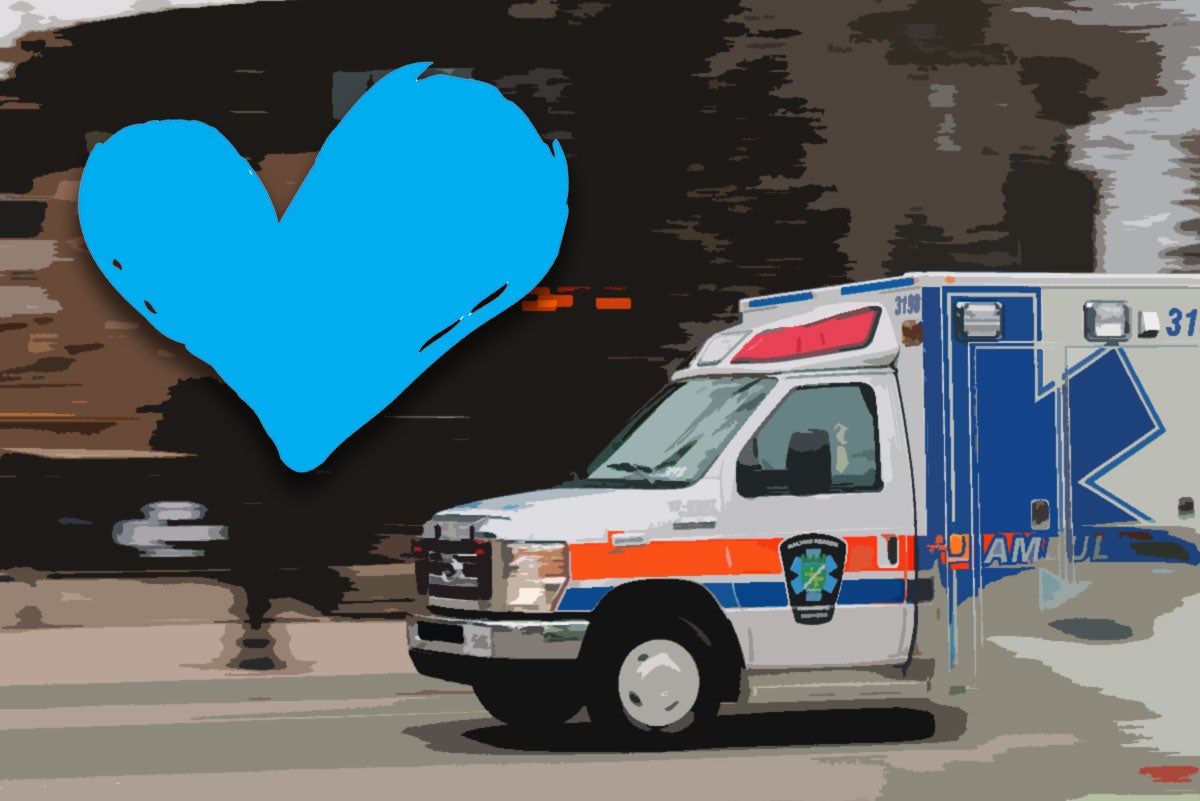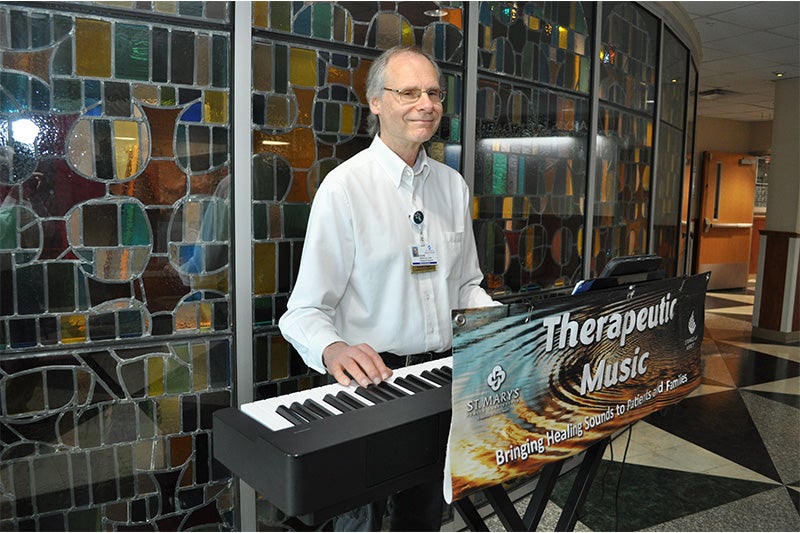When Your Heart Needs Care: Signs and Symptoms of Trouble
February 2, 2022
By: Mark Ralston
Categories: Heart Health
A heart attack happens when blood flow is interrupted to the muscle tissue that makes the heart beat.
St. Mary’s celebrates Heart Month 2022 with a month-long series of blogs dedicated to the health of your heart. Join us each Tuesday and Thursday – plus some bonus days! – to learn how to keep your heart healthy for life!
We’ve all seen heart attacks on TV and in the movies. The trouble is, they usually get it wrong. In the real world, most heart attacks start with mild discomfort or tiredness. Over a period of time – sometimes minutes, sometimes hours – they get worse, often putting the patient’s life at risk if they don’t get care fast.
What are the symptoms of heart attack?
- Chest pressure, squeezing, aching, or burning
- Pain that travels down one or both arms
- Feeling of fullness
- Jaw pain
- Excessive fatigue or weakness
- Anxiety
- Nausea or vomiting
- Back pain
- Shortness of breath
Women often experience milder and more generalized symptoms than men.
When symptoms arise, don’t wait: Call 911. Every minute counts.
What is a heart attack?
It’s when blood flow is interrupted to the muscle tissue that makes your heart beat. The heart’s muscle tissue must have a continuous supply of blood from blood vessels called arteries. When that blood flow is interrupted, heart muscle tissue can’t function and starts to die.
What causes a blocked heart artery?
Most often, a blood clot that begins with a small tear on the inside of an artery wall. Inflammation and cholesterol can build up at the wound, creating a plaque. Eventually the plaque becomes so large it limits blood flow, which can stress heart muscle and cause angina pain. If the plaque ruptures, a blood clot may form that completely blocks the artery, causing a heart attack.
What are the risk factors?
- High blood pressure: Hypertension damages blood vessels. It’s the leading cause of heart attack and stroke.
- Diabetes: Excess sugar in the blood damages delicate tissues throughout the body, including the lining of blood vessels.
- Smoking/vaping: The toxins in smoke can damage blood vessels.
- Unhealthy eating: Saturated fats, too much cholesterol, and excess salt are linked to cardiovascular diseases.
- Inactive lifestyle: The human body is built to move. Living a sedentary lifestyle is a strong risk factor for cardiovascular disease.
- Unhealthy weight: Maintaining a healthy weight reduces the strain on your heart and blood vessels.
- Family history and age: You are at higher risk if heart attacks or strokes run in your family. Similarly, risk rises as we get older.
What other heart conditions should I know about?
Here is a quick look at some of the most common:
Cardiac arrest
A heart attack is a plumbing problem. Cardiac arrest is an electrical problem. In cardiac arrest, the electrical signals that tell your heart when to beat get blocked or scrambled. Instead of beating, your heart gets out of synch or may start vibrating rather than pumping. If you have a dangerous cardiac rhythm disorder (arrhythmia), a defibrillator can be implanted in your chest to shock your heart back into a normal rhythm when necessary. Also, a minimally invasive procedure known as electrophysiology, or EP, can treat certain rhythm disorders.
Heart failure
Heart failure is when your heart is too weak to meet your body’s needs. A pacemaker can help maximize your heart’s pumping ability. Learn more about heart failure in an upcoming blog.
Palpitations
Palpitations are a sensation that your heart is beating hard, fast, or irregularly. People commonly describe pounding, fluttering or skipping. Most people will experience palpitations at some point in their life. They are usually harmless, but some can be caused by serious abnormal heart rhythms (arrythmias).
Atrial fibrillation
“A-fib” is when the small chambers at the top of the heart cause the heart to beat irregularly or sometimes very fast. A-fib reduces your heart’s ability to pump effectively. It can cause blood clots to form that can lead to strokes or other serious conditions.
What can I do?
- Talk to your doctor: If you don’t have a primary care physician, make an appointment and start building a relationship with a doctor who will be your partner for better health.
- Quit smoking: St. Mary’s Freedom from Smoking class can help.
- Move your body: Find activities you like and do them. Walk the dog, ride a bike, play Pickleball, take the stairs, dance, drum, vacuum the carpet, clean up the yard – the options are endless. The American Heart Association urges everyone to get at least 150 minutes of moderate activity a week. That comes to just 21 minutes a day. St. Mary’s Wellness Center can help.
- Take your medicines correctly: Follow your doctor’s orders. Take the right medicine in the right amount at the right time to control high blood pressure, diabetes, clotting disorders, etc.


